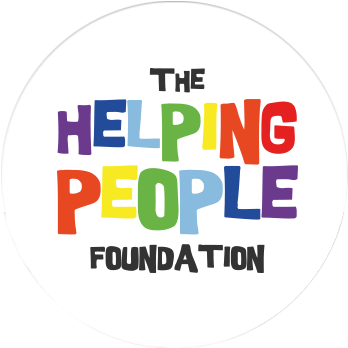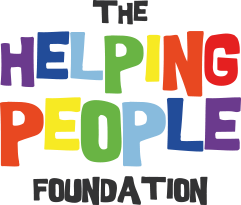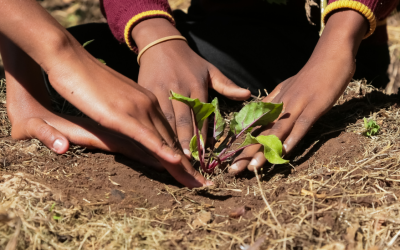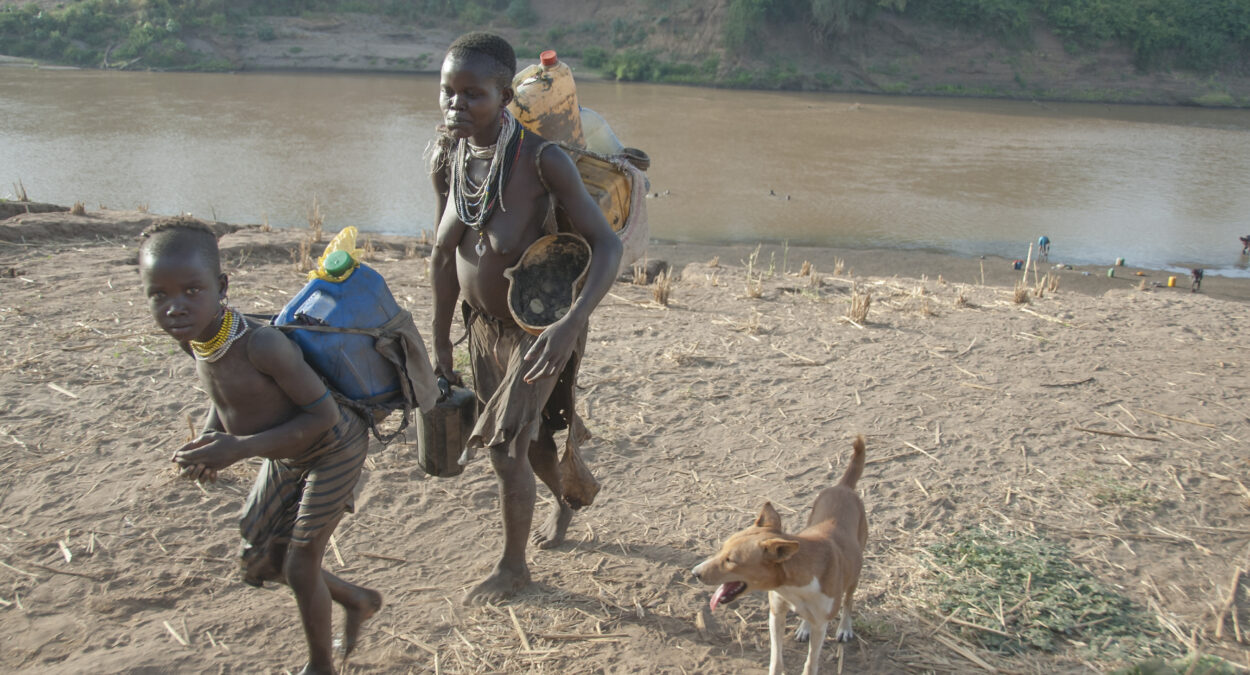CURRENT LIVING CONDITIONS IN ETHIOPIA
SCHOOL
The school system is divided into an eight-year primary school with two cycles, a two-year secondary school and a two-year high school. Most children do not even finish primary school, so 50% of the young population is illiterate. Long distances to school, impassable roads during the rainy season, the family situation, child labour and regional militant conflicts make it difficult for children to attend school regularly for several years and receive an education afterwards. According to the 2015 Human Development Report, children went to school for an average of only 2.6 years. The first cycle of primary school is usually taught in the local language, followed by Ampharic, the official language. When the regional language is already Ampharic, English is introduced immediately.Lack of education is a major obstacle to development in Ethiopia. With the help of international donors, education has already improved over the last 20 years. The level of education is nevertheless very low and insufficient. Ethiopia is planning to build more universities. The shortage of teachers at universities is currently being met by guest lecturers from India.
MEDICINE
Thanks to the national Health Extension Programme, health care has improved considerably over the past 20 years, as health stations have been established throughout the country. Through preventive measures in the form of vaccinations, prenatal care, education about hygiene, contraception and HIV, the living situation of the population has improved greatly. As a result, with infant and child mortality rates falling, but fertility rates remaining high at 4.6 children per woman and life expectancy rising, population growth is increasing rapidly. It should be noted that women in urban settings give birth to only 1.3 children on average. About half of the population is under 15 years old.
Water
According to Welthungerhilfe, only every third inhabitant has access to clean drinking water. The situation is exacerbated by persistent drought and an accompanying water shortage and the collapse of local water supplies, some of which are available. People collect their water from dirty and bacteria-infested ponds. Water for personal hygiene is often spared due to scarcity and long transport routes, which further increases the risk of diseases.
nutrition
The food situation has always been characterised by the high variability of rainfall. In recent years, the situation has been exacerbated by climate change. Droughts dry up crops, floods wash away fertile soil and cultivation, desertification makes farming impossible, and events like the 2020 locust plague lead to complete crop failure. The already meagre harvest is being severely stressed by the rapidly increasing population. Another dilemma is the government's shortage of foreign currency and the general lack of purchasing power due to poor education and lack of infrastructure/sales markets. Warlike clashes bring self-sufficiency and emergency food aid to a near standstill in parts of the country. Currently, the north of Ethiopia is particularly affected.For decades, international aid organisations have been trying to prevent famine and reduce malnutrition with emergency aid programmes. In combination with unclean water, a poor nutritional situation is often fatal, especially for children.

Geography
Ethiopia is a landlocked country in East Africa, three times larger than Germany with 1,104,300 km² (see WKO statistics). The neighbouring countries are Somalia, Kenya, South Sudan, Sudan, Eritrea and Djibouti. The capital is Addis Ababa. The population was reported at 115 million in 2020 (see UNRIC), with 80% living in rural areas. With a population of four million, Addis Ababa is one of Africa's major cities.
Ethiopia is the core area of the East African Rift Valley. The Afar Triangle is one of the most geologically active areas on earth and the focus of numerous research projects. Volcanic activity and a fracture in the earth's crust have created mountains and plateaus. Ethiopia is primarily divided topographically into three altitudinal zones. More than half of the country is above 1200m, about a quarter at 1800m and more than 5% even above 3500m. This makes Ethiopia one of the highest countries on the African continent. The relief also shapes the country's climate and thus its economy and level of development.

History
Ethiopia has over 80 ethnic groups, which has led to tensions throughout history right up to the present day. The country has experienced all kinds of leadership, from kingdom to empire to dictatorship. Officially, it is now a federal democracy, but under the current Prime Minister Abiy Achmed it is run in an autocratic and authoritarian manner. In November 2021, despite all international efforts, he launched a war against Eritrea and the Tigray People's Liberation Front. The disastrous thing is that Achmed spoke out in favour of peace with Eritrea in 2019 and was awarded the Nobel Peace Prize for it.
The conflict between the two countries has been going on for decades. The reasons are the ethnic affiliations with the Tigray and a possible access to the sea via the port of Assab. The escalation came when the prime minister cancelled the 2020 elections due to Covid-19, which was denounced as illegal by the Tigray regional government and the Tigray People's Liberation Front (TPLF) party. Tigray held elections, which the TPLF won. This high-handed action by a regional government was in turn outlawed as illegal by Abiy Achmed. Since mid-2020, several refugee flows have been on the move in the region and there have already been a number of attacks on the civilian population. A good eight million people are acutely dependent on aid. Supply is extremely difficult due to the civil war.
The "good will" in economic and social development seems to be forgotten and these construction sites of the country are once again "put on hold", as is so often the case.
In practice, it does not seem to be possible to unite a multi-ethnic state with over 80 ethnic groups and countless languages into one nation. Too many interests and liberation aspirations of the ethnic groups clash.

Economics
The economy is still strongly dominated by the agricultural sector. It accounts for a good 40% of GDP. About 70% of the people make their living from agriculture. Most of them are engaged in subsistence farming. Looking at the cultivated areas, a few investors own the largest area. Previously, all the land belonged to the state, but since around 2015 it has been privatised.
Due to a lack of education and an unstable political situation, structural change is not expected in the near future.
Ethiopia is one of the poorest countries in the world. It is ranked 173 out of 189 on the Development Index (see GIZ). 30 - 50% of the population lives below the subsistence level. GDP per capita was reported at US$994 in 2020.
Coffee exports account for about 60% of the country's foreign exchange earnings. If the world market price for coffee collapses, the trade deficit increases and drives Ethiopia's debt mountain even higher.
There are actually many good preconditions for a more prosperous economy. These include fertile volcanic soils, deposits of mineral resources such as gold or platinum, and a large surface area. In fact, thanks to many national and international efforts, economic growth around 2015 was in double digits and among the largest in the world. The Tigray conflict and the increasingly unstable situation are now significantly disrupting this growth trend. In addition, there are the usual constraints: poorly developed infrastructure, high inflation, low levels of education and training, desertification due to deforestation, climate change, herds that are too large and crop rotations that are too fast.
WHAT THREATENS THE PEOPLE OF THE COUNTRY?
The people are mainly threatened by the difficult climatic situation, poverty, low education, desertification and armed conflicts.
Hunger is a defining issue for a large part of the population. The great poverty together with little education and the population pressure leads, for example, to the overexploitation of agricultural land, deforestation and, in good times, to large herds of cattle. As in other areas of the Sahel, this contributes to desertification, a practically irreparable soil degradation. Desertification reduces agricultural land and leads to a drop in the water table, which is normally maintained at a certain level by the roots of the trees. In addition, a lack of plant cover leads to rapidly draining water masses during heavy rain events, which carry away crops and fertile soil elsewhere. However, due to hardship and lack of education, people often do not know how to help themselves. They do what they do. A vicious circle is created that must be broken.
The second major threat in recent times has been war and refugee flows, which make normal economic life impossible, especially in the north of the country.
DIFFERENCES IN THE REGIONS OF THE COUNTRY
The largest population group is the Oromos (approx. 35%), followed by Amhara (approx. 30%) and Tigray (6%). As the Amhara since the 19th century When Amharic came to the fore politically and culturally in the nineteenth century, it became the official language. Ampharen and Tigray are traditionally settled in the north and are predominantly followers of Christianity, Oromo settle in the southwest and are Muslims. Somalis in the south-east of the country make up another large group.
The political problems in the country stem mainly from the desire for supremacy of individual ethnic groups. For a long time, the Tigray formed the government. The country was run in an authoritarian to dictatorial manner. With the election of the current Prime Minister Abiy Achmed, the Oromos came to power. The power struggles are always influenced by expressions of sympathy from neighbouring countries, whereby the neighbouring states are ultimately also a conglomerate of ethnic groups. Nevertheless, an internal political conflict and civil war develops into a warlike confrontation beyond the country's borders. The gaps between the ethnic groups are sometimes so deep, or are so exacerbated by the armed conflicts, that human rights violations and atrocities occur.
Sources:
Deutsche Gesellschaft für Internationale Zusammenarbeit (GIZ) GmbH, URL: https://www.giz.de/de/weltweit/336.html (as at: 31.12.2020)
United Nations, UNRIC - United Nations Regional Information Centre; URL: https://unric.org/de/aethiopien10012022/ (as at: 10.01.2022)
Austrian Federal Economic Chamber - Department of Statistics; URL: https://wko.at/statistik/laenderprofile/lp-aethiopien.pdf (as at: October 2021)




